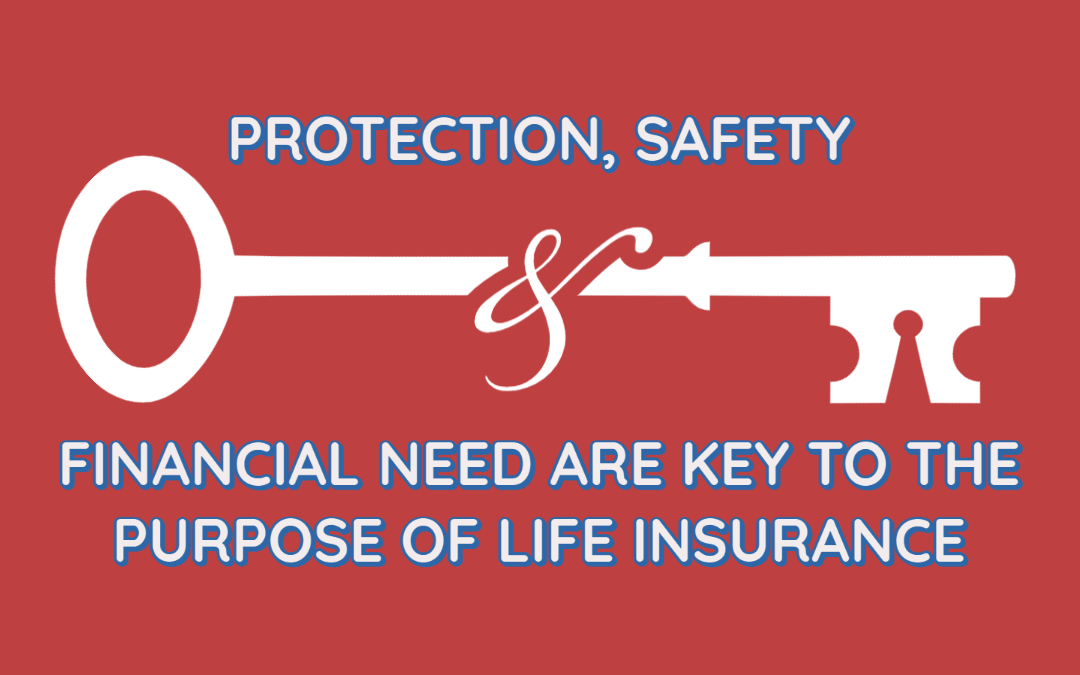Not known Facts About Pacific Prime
Table of ContentsGet This Report about Pacific PrimeThe 5-Minute Rule for Pacific PrimeThe Definitive Guide to Pacific PrimeThe Basic Principles Of Pacific Prime The 25-Second Trick For Pacific Prime

This is due to the fact that the data were gathered for a duration of strong economic performance. Of the estimated 42 million people that were without insurance, just about concerning 420,000 (regarding 1 percent) were under 65 years old, the age at which most Americans become eligible for Medicare; 32 million were adults between ages 18 and 65, about 19 percent of all adults in this age; and 10 million were youngsters under 18 years of age, regarding 13.9 percent of all youngsters (Mills, 2000).
These price quotes of the number of persons uninsured are produced from the annual March Supplement to the Existing Populace Survey (CPS), conducted by the Demographics Bureau. Unless otherwise noted, national price quotes of people without health insurance coverage and percentages of the populace with different type of insurance coverage are based upon the CPS, the most widely used resource of quotes of insurance protection and uninsurance prices.
Examine This Report about Pacific Prime

Still, the CPS is specifically valuable since it generates yearly quotes relatively rapidly, reporting the previous year's insurance coverage approximates each September, and since it is the basis for a constant set of estimates for greater than twenty years, enabling analysis of trends in insurance coverage with time. For these factors, in addition to the comprehensive use the CPS in various other studies of insurance coverage that are offered in this record, we count on CPS quotes, with limitations kept in mind.

The estimate of the variety of uninsured individuals broadens when a population's insurance policy condition is tracked for several years. Over a three-year duration beginning early in 1993, 72 million individuals, 29 percent of the united state population, lacked insurance coverage for a minimum of one month. Within a solitary year (1994 ), 53 million people experienced at the very least a month without coverage (Bennefield, 1998a)
6 out of every 10 uninsured grownups are themselves utilized. Working does improve the probability that one and one's family participants will have insurance policy, it is not an assurance. Even participants of households with two full-time breadwinner have virtually a one-in-ten opportunity of being without insurance (9.1 percent without insurance price) (Hoffman and Pohl, 2000).
An Unbiased View of Pacific Prime
New immigrants make up a considerable percentage of people without wellness insurance coverage. One analysis has actually associated a substantial portion of the current development in the size of the U.S. uninsured populace to immigrants that got here in the country between 1994 and 1998 (Camarota and Edwards, 2000). Recent immigrants (those who came to the United States within the past 4 years) do have a high rate of being uninsured (46 percent), yet they and their youngsters account for just 6 percent of those without insurance policy across the country (Holahan et al., 2001).
The relationship between health insurance and access to care is well established, as documented later in this chapter. Although the relationship between medical insurance and wellness end results is neither straight neither straightforward, a comprehensive professional and wellness solutions research study literature links medical insurance protection to enhanced accessibility to care, far better top quality, and improved individual and populace health and wellness standing.
Degrees of analysis for checking out the impacts of uninsurance. It concentrates particularly on those without any wellness insurance for any size of time.
Some Ideas on Pacific Prime You Should Know
The problems faced by the underinsured are in some respects comparable to those dealt with by the without insurance, although they are usually less severe. Wellness insurance, however, is neither needed neither enough to gain accessibility to clinical services. The independent and direct effect of health insurance policy protection on access to health solutions is well developed.
Others will certainly acquire the health treatment they need also without medical insurance, by spending for it out of pocket or seeking it from companies that use care cost-free or at extremely subsidized rates. For still others, wellness insurance coverage alone does not ensure receipt of treatment due to various other nonfinancial barriers, such as an absence of healthcare providers in their area, limited access to transportation, illiteracy, or linguistic and social differences.
Pacific Prime Can Be Fun For Anyone
Official study concerning uninsured populations in the United States dates to the late 1920s and early 1930s when the Committee on the Expense of Treatment produced a series of records regarding funding doctor workplace visits and hospital stays. This issue became site here salient as the varieties of medically indigent climbed throughout the Great Anxiety.